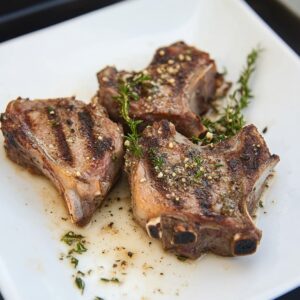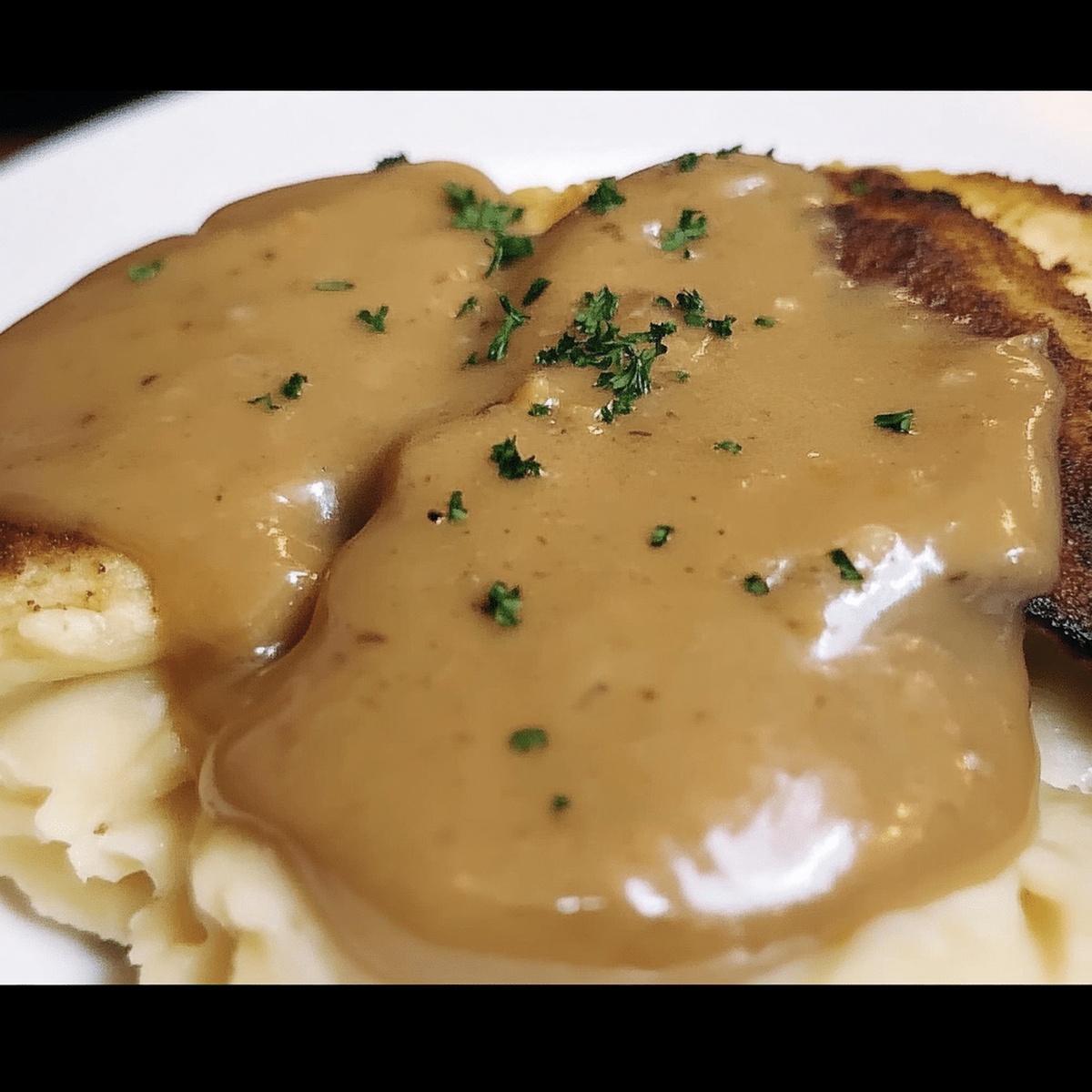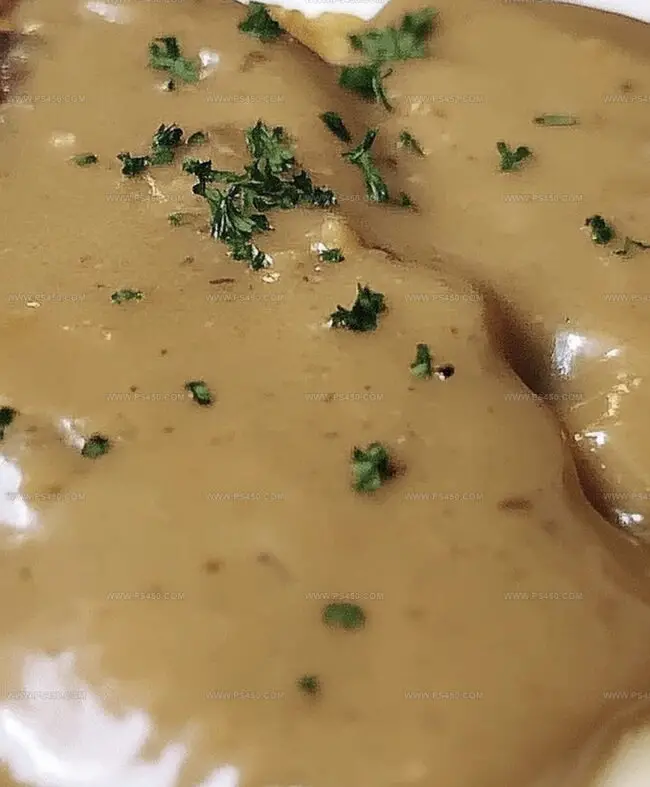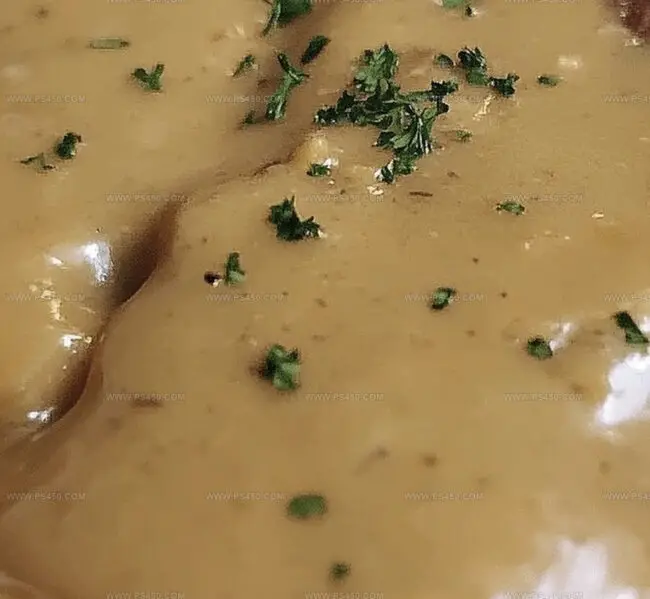Turkey Gravy Recipe with Smooth Flavor
Rich, velvety turkey gravy can elevate your holiday turkey with its incredible savory turkey gravy recipe.
The secret lies in capturing those delicious pan drippings from your perfectly roasted bird.
Homemade gravy surpasses any store-bought version with its deep, luxurious flavor.
Professional chefs understand that a great gravy starts with quality ingredients and careful technique.
Whisking slowly helps prevent lumps and ensures a smooth, glossy texture.
Each spoonful brings warmth and comfort to your festive table.
You won’t want to miss this foolproof method for creating the most delectable sauce that will have everyone asking for seconds.
Quick Recipe Overview
Turkey Gravy Ingredient Breakdown
For Fat and Liquid Base:For Thickening Agents:For Seasoning and Aromatic Enhancement:What You’ll Need to Prepare Turkey Gravy Smoothly
How to Make Turkey Gravy for Any Feast
Carefully drain the golden drippings from your roasted turkey into a container. Let the fat separate and remove the top layer, reserving a small amount for cooking.
Heat the reserved drippings in a saucepan over medium heat. Sprinkle in flour and whisk continuously, transforming the mixture into a rich, golden-hued roux.
Slowly pour in turkey or chicken stock, whisking vigorously to prevent any pesky lumps. Bring the mixture to a gentle bubbling simmer.
Introduce salt, pepper, and herbs to enhance the gravy’s flavor profile. Let it simmer and thicken, stirring occasionally until it reaches a luxurious consistency.
Swirl in a pat of butter for an extra layer of silky richness. Taste and fine-tune the seasoning to perfection.
Optional: Strain through a fine-mesh sieve for an ultra-smooth texture. Serve piping hot, ready to complement your main dishes with its delectable warmth.
Flavor Options to Add to Your Turkey Gravy
Serving Turkey Gravy With Holiday Dishes
Store Turkey Gravy for More Meals to Come
FAQs
Whisk the flour into the hot drippings or butter constantly and gradually add stock while continuing to whisk. This technique ensures a smooth, lump-free gravy by breaking down flour particles evenly.
Yes, you can prepare gravy up to 2 days in advance. Store it in an airtight container in the refrigerator. Reheat gently on the stovetop, stirring occasionally and adding a little stock if it’s too thick.
Use chicken stock and butter as a substitute. The key is maintaining the same ratio of fat to flour when creating the roux, which ensures a rich, flavorful gravy.
If too thick, whisk in additional warm stock. If too thin, continue simmering to reduce and thicken. Always add liquid or simmer gradually to achieve the perfect consistency.
Print
Succulent Grill Lamb Chops Recipe
- Total Time: 50 minutes
- Yield: 5 1x
Description
Greek-inspired lamb chops sizzle with Mediterranean flavors, marrying herbs and garlic into a succulent main course. Juicy cuts pair perfectly with crisp salads and tangy tzatziki, promising a delightful culinary journey you’ll savor with each memorable bite.
Ingredients
- 8 lamb chops (rib or loin, about 1-inch thick)
- ¼ cup (60 ml/2 fl oz) olive oil
- 2 tbsps fresh rosemary, chopped (or 1 tbsp dried)
- 3 garlic cloves, minced
- Juice of 1 lemon (approximately 2 tbsps or 30 ml)
- Salt, to taste
- Black pepper, to taste
Instructions
- Marinade Fusion: Whisk olive oil, rosemary, garlic, lemon juice, salt, and pepper into a vibrant flavor base that will transform the lamb chops.
- Flavor Immersion: Thoroughly coat lamb chops in marinade, letting them absorb the aromatic essence at room temperature for 30 minutes or refrigerate up to four hours for deeper penetration.
- Grill Preparation: Ignite grill to medium-high heat, lightly oiling grates to prevent sticking and create those coveted caramelized sear marks.
- Sizzling Technique: Drain excess marinade and place lamb chops on hot grill, listening for the enticing sizzle that signals perfect contact with scorching metal.
- Precision Cooking: Grill each side 3-4 minutes, targeting medium-rare perfection with an internal temperature of 130-135°F, adjusting timing for optimal doneness.
- Resting Ritual: Transfer grilled chops to a clean platter, allowing 5 minutes of rest to redistribute internal juices and maximize tenderness.
- Finishing Touch: Embellish with fresh rosemary sprigs and vibrant lemon wedges, amplifying the dish’s aromatic complexity and providing a bright, citrusy counterpoint.
Notes
- Marinate Strategically: Allow lamb chops to absorb flavors at room temperature for optimal taste penetration, avoiding cold meat shock on hot grill.
- Control Grill Temperature: Maintain medium-high heat around 400-450°F to achieve perfect caramelization without burning the delicate lamb exterior.
- Rest Meat Properly: Always let grilled lamb chops rest 5 minutes to redistribute internal juices, preventing dryness and ensuring maximum tenderness and flavor retention.
- Customize Doneness Carefully: Use meat thermometer for precise internal temperature, adjusting cooking time between 3-4 minutes per side based on chop thickness and personal preference for rare, medium-rare, or medium results.
- Prep Time: 10 minutes
- Cook Time: 10 minutes
- Category: Dinner
- Method: Grilling
- Cuisine: Mediterranean
Nutrition
- Serving Size: 5
- Calories: 400
- Sugar: 0 g
- Sodium: 500 mg
- Fat: 32 g
- Saturated Fat: 9 g
- Unsaturated Fat: 23 g
- Trans Fat: 0 g
- Carbohydrates: 2 g
- Fiber: 0 g
- Protein: 28 g
- Cholesterol: 100 mg




John Nicholson
Lead Writer & Recipe Developer
Expertise
Recipe Testing and Development, Kitchen Hacks and Time-Saving Tips, Flavor Pairing and Ingredient Selection, Engaging Food Writing and Storytelling
Education
Johnson & Wales University
John Nicholson honed his skills at Johnson & Wales University, learning how to use fresh, local ingredients and down-to-earth techniques to make cooking simple and satisfying.
His recipes blend Southern comfort flavors with a modern touch, inviting everyone to cook with ease and confidence.
Living in Charleston, John takes cues from the city’s lively food scene, local markets, and seasonal produce. He’s all about making meals stress-free through easy tips, flavor pairings, and fun experiments in the kitchen